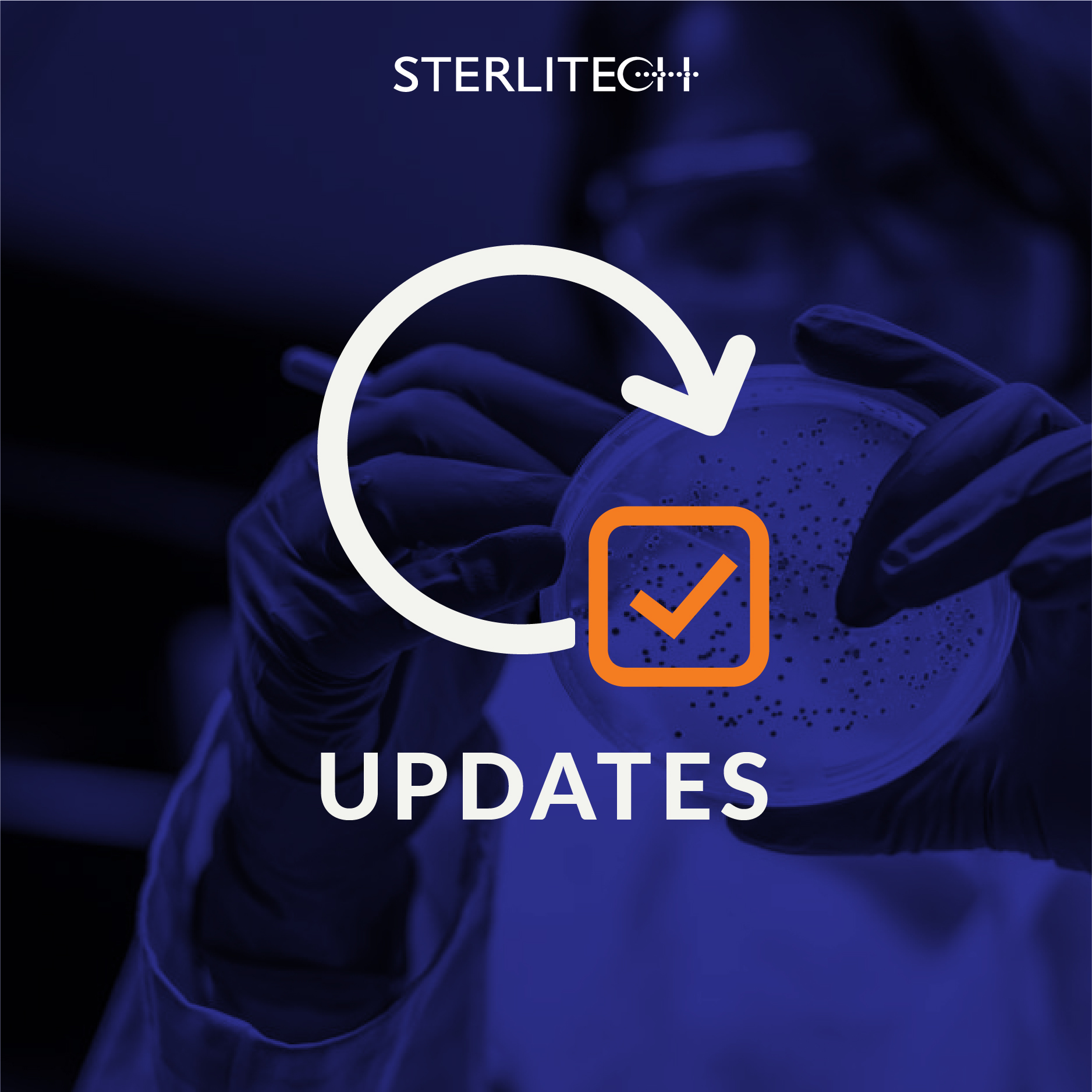EPA Increases Funding for Nanotechnology Research
February 23, 2011

Last week the US Environmental Protection Agency announced that they are awarding $5.5 million to research possible health risks in nanotechnology. The information developed can guide the EPA and other agencies in policy decisions regarding the safety of materials and products made using nanotechnology.
The United Kingdom’s Natural Environment Research Council ($6,000,000) and the Consumer Product Safety Commission ($500,000) are also contributing to this research project. The grants will be divided between three different of researchers in the US and three in the UK.
In related news, the National Institute for Occupational Safety and Health (NIOSH) recently closed public comment on their draft document concerning possible health effects of exposure carbon nanotubes and nanofibers. The NIOSH document recommends:
At present, NIOSH advises:Employers minimize work-related exposures until scientific studies can fully clarify the physical and chemical properties of carbon nanotubes and carbon nanofibers that define their potential for adverse occupational health effects through inhalation.
A recommended exposure limit (REL) of 7 micrograms of carbon nanotubes or carbon nanofibers per cubic meter of air as an eight-hour, time-weighted average, respirable mass concentration.While NIOSH does propose this specific exposure limit, it concedes, “the REL may not be completely health protective but its use should help lower the risk of developing [work-related] lung disease.” Nanotechnology is the study of small matter called nanomaterials, which are between 1 to 100 nanometers in size. Applications that benefit from nanotechnology include drug delivery, energy storage, and pollution prevention. For more information on nanotechnology research, visit https://www.epa.gov/nanoscience/. Click here to view the NIOSH document: Occupational Exposure to Carbon Nanotubes and Nanofibers The United Kingdom’s Natural Environment Research Council ($6,000,000) and the Consumer Product Safety Commission ($500,000) are also contributing to this research project. The grants will be divided between three different of researchers in the US and three in the UK. In related news, the National Institute for Occupational Safety and Health (NIOSH) recently closed public comment on their draft document concerning possible health effects of exposure carbon nanotubes and nanofibers. The NIOSH document recommends:
At present, NIOSH advises:Employers minimize work-related exposures until scientific studies can fully clarify the physical and chemical properties of carbon nanotubes and carbon nanofibers that define their potential for adverse occupational health effects through inhalation.
A recommended exposure limit (REL) of 7 micrograms of carbon nanotubes or carbon nanofibers per cubic meter of air as an eight-hour, time-weighted average, respirable mass concentration.While NIOSH does propose this specific exposure limit, it concedes, “the REL may not be completely health protective but its use should help lower the risk of developing [work-related] lung disease.” Nanotechnology is the study of small matter called nanomaterials, which are between 1 to 100 nanometers in size. Applications that benefit from nanotechnology include drug delivery, energy storage, and pollution prevention. For more information on nanotechnology research, visit https://www.epa.gov/nanoscience/. Click here to view the NIOSH document: Occupational Exposure to Carbon Nanotubes and Nanofibers
Share on Facebook
Share on Twitter
Share on Pinterest
Comment(s)
Did you find this article helpful?
0
0
Loading...
Categories
- Most Viewed Blog Articles (5)
- Company News (285)
- Emerging Technologies (64)
- Microbiology and Life Science News (93)
- Water and Fluid Separation News (97)
- Filtration Resources (93)
- Product News (19)
Recent Posts
Archive


![Join Sterlitech at BIO 2024 [Booth #5558]: Exploring the Future of Biotechnology](https://www.sterlitech.com/media/blog/cache/300x200/magefan_blog/b4.jpeg)



